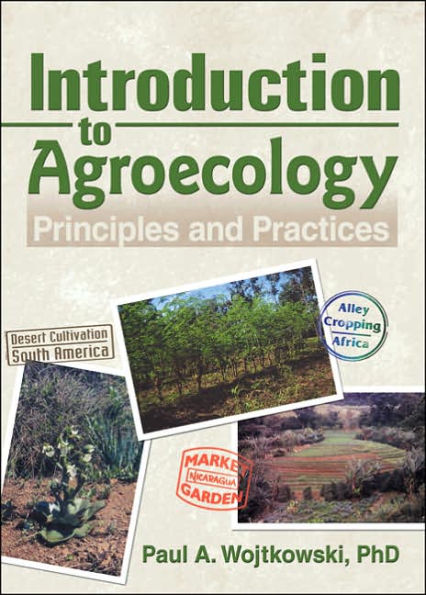5
1
9781560223177



Introduction to Agroecology: Principles and Practices / Edition 1 available in Hardcover, Paperback

Introduction to Agroecology: Principles and Practices / Edition 1
- ISBN-10:
- 1560223170
- ISBN-13:
- 9781560223177
- Pub. Date:
- 10/17/2006
- Publisher:
- Taylor & Francis
- ISBN-10:
- 1560223170
- ISBN-13:
- 9781560223177
- Pub. Date:
- 10/17/2006
- Publisher:
- Taylor & Francis

Introduction to Agroecology: Principles and Practices / Edition 1
$160.0
160.0
In Stock

Product Details
| ISBN-13: | 9781560223177 |
|---|---|
| Publisher: | Taylor & Francis |
| Publication date: | 10/17/2006 |
| Edition description: | New Edition |
| Pages: | 424 |
| Product dimensions: | 6.00(w) x 9.00(h) x (d) |
From the B&N Reads Blog
